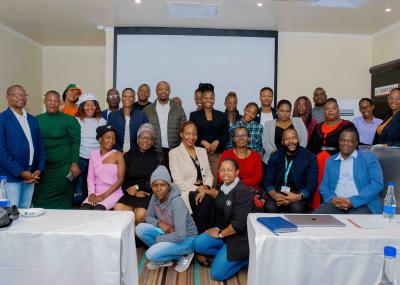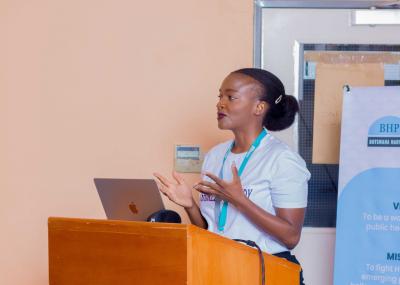Introduction: Achieving widespread knowledge of HIV-positive status is a crucial step to reaching universal ART coverage, population level viral suppression, and ultimately epidemic control. We implemented a multi-modality HIV testing approach to identify 90% or greater of HIV-positive persons in the Botswana Combination Prevention Project (BCPP) intervention communities.
Methods: BCPP is a cluster-randomized trial designed to evaluate the impact of combination prevention interventions on HIV incidence in 30 communities in Botswana. Community case finding and HIV testing that included home and targeted mobile testing were implemented in the 15 intervention communities. We described processes for identifying HIV-positive persons, uptake of HIV testing by age, gender and venue, characteristics of persons newly diagnosed through BCPP, and coverage of knowledge of status reached at the end of study.
Results: Of the 61,655 eligible adults assessed in home or mobile settings, 13,328 HIV-positive individuals, or 93% of the estimated 14,270 positive people in the communities were identified through BCPP. Knowledge of status increased by 25% over the course of the study with the greatest increases seen among men (37%) as compared to women (19%) and among youth aged 16-24 (77%) as compared to older age groups (21%). Although more men were tested through mobile than through home-based testing, higher rates of newly diagnosed HIV-positive men were found through home than mobile testing.
Conclusions: Even when HIV testing coverage is high, additional gains can be made using a multi-modality HIV testing strategy to reach different sub-populations who are being missed by non-targeted program activities. Men and youth can be reached and will engage in community testing when services are brought to places they access routinely.




